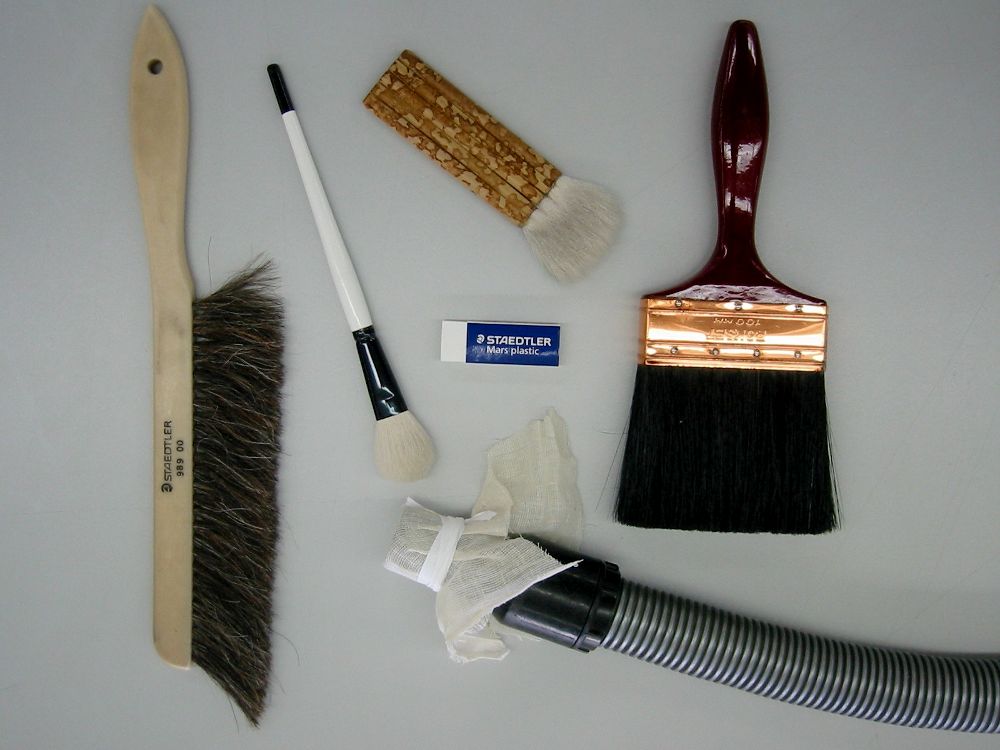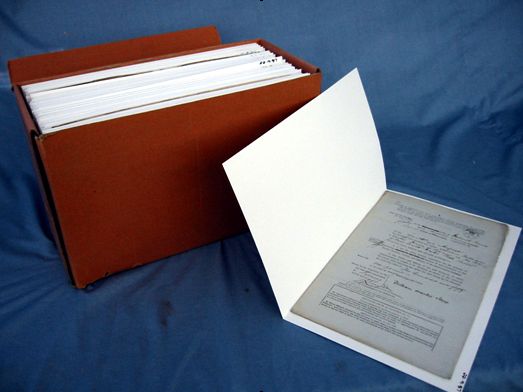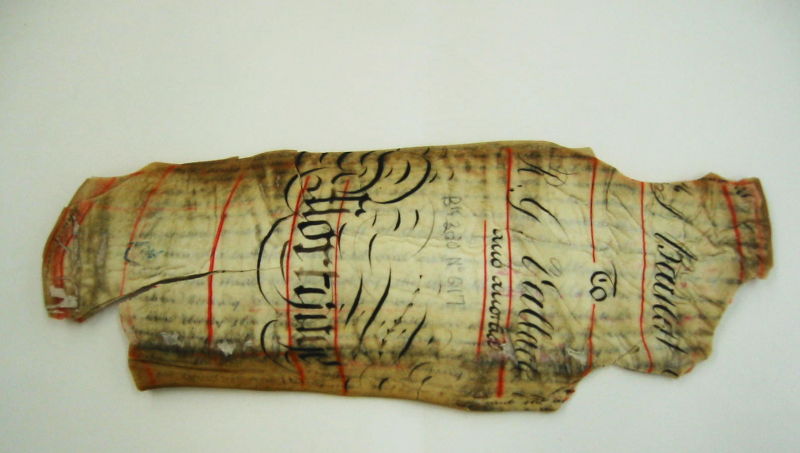Behind the scenes of Macquarie 2010
The latest “Day in the Life of…” from an archive in the State Records NSW collection. This informative series focuses on how to add a digital gallery to your website, featuring our latest online exhibition “Lachlan Macquarie: visionary and builder”
……
Welcome back to the investigative report ‘Creating a Digital Gallery’ by Bea Scanned (an archive from the State Records collection). Catch up on Part 1 (The Planning Committee) here.
8:55am – Today I have been taken to “the lab”. Efforts to keep a covert lid on my report may prove futile.
1. Check the condition of the original documents
9:02am – There are people in white coats…very lab-like indeed. The Senior Conservator, Elizabeth Hadlow, has placed me on a large, high table and is studying me. Intently.
2. Determine what can/can’t be used in digital gallery
9:07am – After this ‘observation’ she moves me to the side and picks up a clipboard. From where I have been placed, I can see that Elizabeth has the wish-list and is methodically checking each document for conservation issues. She makes notes on the list, annotating the conservation needs for each item. She also notes which items will need to be photographed using an overhead camera rather than Bea be scanned. Having sorted the good (little to no work necessary) from the bad, the list is returned to the head of the “Exhibition Committee” for the final cut.
11:54am – I note that there is a “No” comment beside my ‘name’. Oh dear…will my report end here?
11: 55am – Some items may be so fragile that they can’t be used in the gallery – they are too fragile to be issued.
3. Ensure there is an adequate time-frame to complete conservation work
A tip to remember: Sorting the good from the bad also depends on the available time-frame to complete conservation and the way in which the item is to be exhibited (ie., online or in a physical exhibit).

A record requiring treatment - separating pages
12:04pm – Elizabeth reminds the “Exhibition Committee” that for this particular exhibition there is only a small turnaround time and some items, in need of moderate to heavy conservation work, may be passed over. However, as the items are not to be physically exhibited but displayed online this will be a major factor in determining the outcome of the short list.
Ideally, a conservator requires up to a year to prepare material. Why so long? At State Records NSW, the conservator may be preparing items for up to four separate exhibitions at any given time [not to mention the workload that comes with overseeing the care and management of 60km of State archives]. On top of conservation work, for a physical exhibition the items also need to be placed on exhibition mounts.
12:33pm – Elizabeth notifies “Digitisation” that the documents which are in good repair are ready for scanning and photographing.
4. What types of conservation were required for this display?

Tools of the trade
12:45pm – Oddly enough, some of the conservation required is actually to repair damage sustained from old restoration techniques. Many of the archives are in 1930s guard books and need to be removed as the paper is discolouring the original letters and documents. The archives will then be re-housed.
5. Post-exhibit
12:54pm – Elizabeth is talking to her team about the work that is to be done on the archives for the online gallery. I discover that the “No” beside my ‘name’ actually means “No conservation required” and not “No, this document cannot be displayed in any way, shape or form”. Yahoo!
12:57pm – I was under the impression that once the archives had been repaired and sent away to be scanned/photographed that would be the end of the Conservation requirements. But I learn that all items which have undergone repair work must be returned to conservation to be re-housed and, in the case of a physical exhibit, the items often have to be put together again. A bit like you know who…

Records are rehoused after conservation
1:11pm – As an aside, I overhear talk that if an item has been on loan to another agency then a check of its condition on the way ‘out’ is checked against its condition on its way back ‘in’. I found this loans policy which may be of interest.
1:33pm – A few stomach grumbles around “the lab” signify it’s lunchtime. I have escaped the place unscathed, secret investigative reporter hat intact. Let’s see where I end up tomorrow.


Frances Barnes says:
This process is like awesome. I like the materials use and the ways proposed. Sure this will work and really with quality.